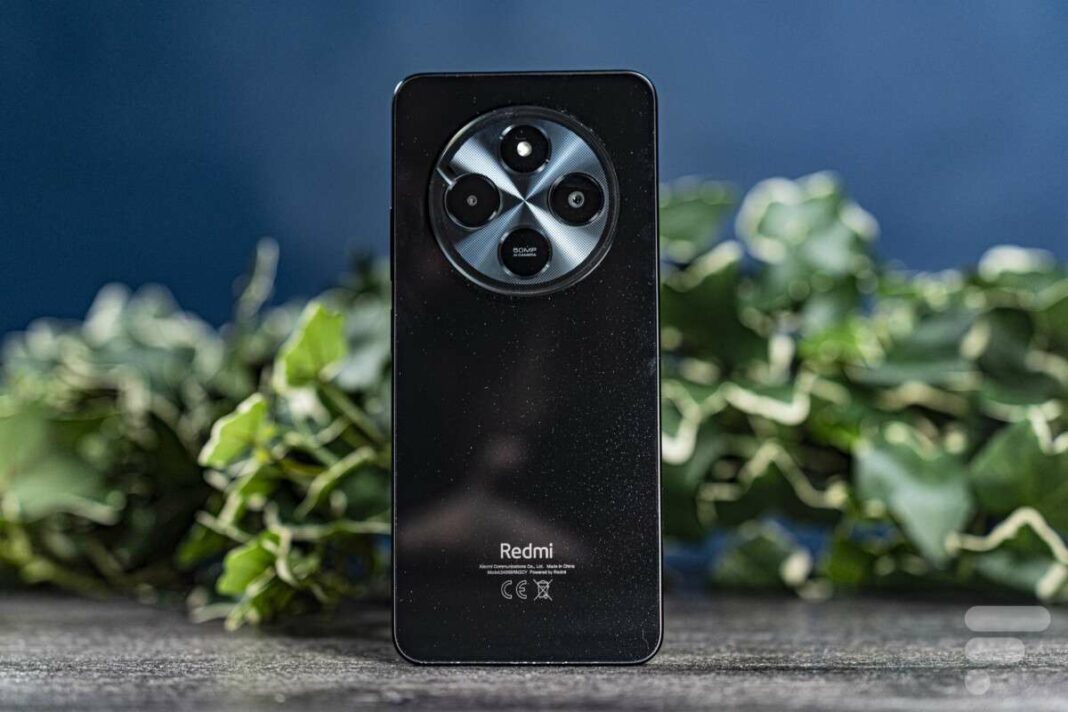Xiaomi’s Redmi 14C is an affordable smartphone priced at 160 euros, featuring a 50 MP camera, a 5190 mAh battery, and 16 GB of RAM. It offers a plastic build with a large 6.88-inch display, though the screen’s refresh rate and resolution are modest. Powered by the MediaTek Helio G81 Ultra, it handles basic tasks but struggles with demanding applications. Running on Android 14 via Hyper OS, the device provides decent performance and camera quality for budget-conscious consumers.
Exploring the Xiaomi Redmi 14C: An Affordable Smartphone
For just 160 euros, Xiaomi introduces the Redmi 14C, a budget-friendly smartphone that presents a compelling value proposition. While the smartphone market often highlights premium devices costing over 1000 euros, many consumers seek affordable alternatives that meet their needs without breaking the bank.
The Redmi 14C features impressive specifications for its price point, including a 50-megapixel main camera, a robust 5190 mAh battery, and a generous 16 GB of RAM (divided into 8 GB physical and 8 GB virtual), alongside 256 GB of internal storage. These standout features are boldly advertised on the packaging, echoing nostalgic marketing tactics reminiscent of “as seen on TV” campaigns.
Design and Display: A Solid Entry-Level Option
Xiaomi’s evolution in smartphone design is evident in the Redmi 14C. Although constructed entirely from plastic, it boasts an attractive finish with a sparkly back, providing a touch of uniqueness to the black model we tested. The size of the device is notable, surpassing that of an iPhone 16 Pro Max, thanks to its expansive 6.88-inch display and thicker bezels typical of budget models.
The phone offers a comfortable grip, with well-placed side buttons and a 3.5 mm headphone jack positioned conveniently at the top. Users can insert two nanoSIM cards and a microSD card for storage expansion through the SIM card slot on the left side. The bottom houses a speaker and a USB-C port, featuring a flat design with a gentle slope between the screen and the body. The large camera module on the back, while visually striking, is somewhat misleading, incorporating two lenses but only one functional 50 MP sensor, with the other labeled as an “AI Camera” that lacks real utility.
Turning to the display, the 6.88-inch LCD panel may not boast OLED technology, but Xiaomi claims it supports a 120 Hz refresh rate. However, testing revealed that the refresh rate only reaches 60 Hz in most applications, casting doubt on this assertion. The resolution is limited to 1640 x 720 pixels, categorizing it as HD-ready, which results in less detailed visuals.
Our testing with the Calibrite Display Pro HL showed that the color accuracy is below expectations for this price range, with a deltaE average well over the targeted threshold. Color reproduction struggles to cover the sRGB spectrum and achieves only 62% of DCI-P3. While the contrast ratio is decent at 1177:1, and the white point is satisfactory, brightness levels remain subpar, with a maximum of 400 nits in SDR.
Performance and Software: Functionality on a Budget
Prominently advertised on the packaging, the Redmi 14C offers 256 GB of storage and 16 GB of RAM, albeit with only 8 GB of physical RAM complemented by 8 GB of virtual RAM. The device is powered by the MediaTek Helio G81 Ultra, which, while not particularly powerful, handles everyday tasks reasonably well. Users might experience some sluggishness during high-resolution video playback or when multitasking with demanding applications.
In terms of gaming, the Redmi 14C can run Genshin Impact at low settings, achieving close to 30 fps, although it is not compatible with Fortnite due to installation restrictions. Interestingly, the device remains cool during prolonged use, with temperatures not exceeding 31°C even after extended gaming sessions.
The Redmi 14C operates on Android 14 through Hyper OS, a new interface replacing MiUI. While colorful and user-friendly, the software is basic, primarily featuring essential apps along with a significant amount of pre-installed bloatware. Users can expect updates for up to two Android versions and security patches until 2028.
In the camera department, the Redmi 14C offers two lenses housed in its large module. While the configuration seems minimal, it can still produce decent photos, showcasing Xiaomi’s ability to deliver quality in its entry-level offerings.
